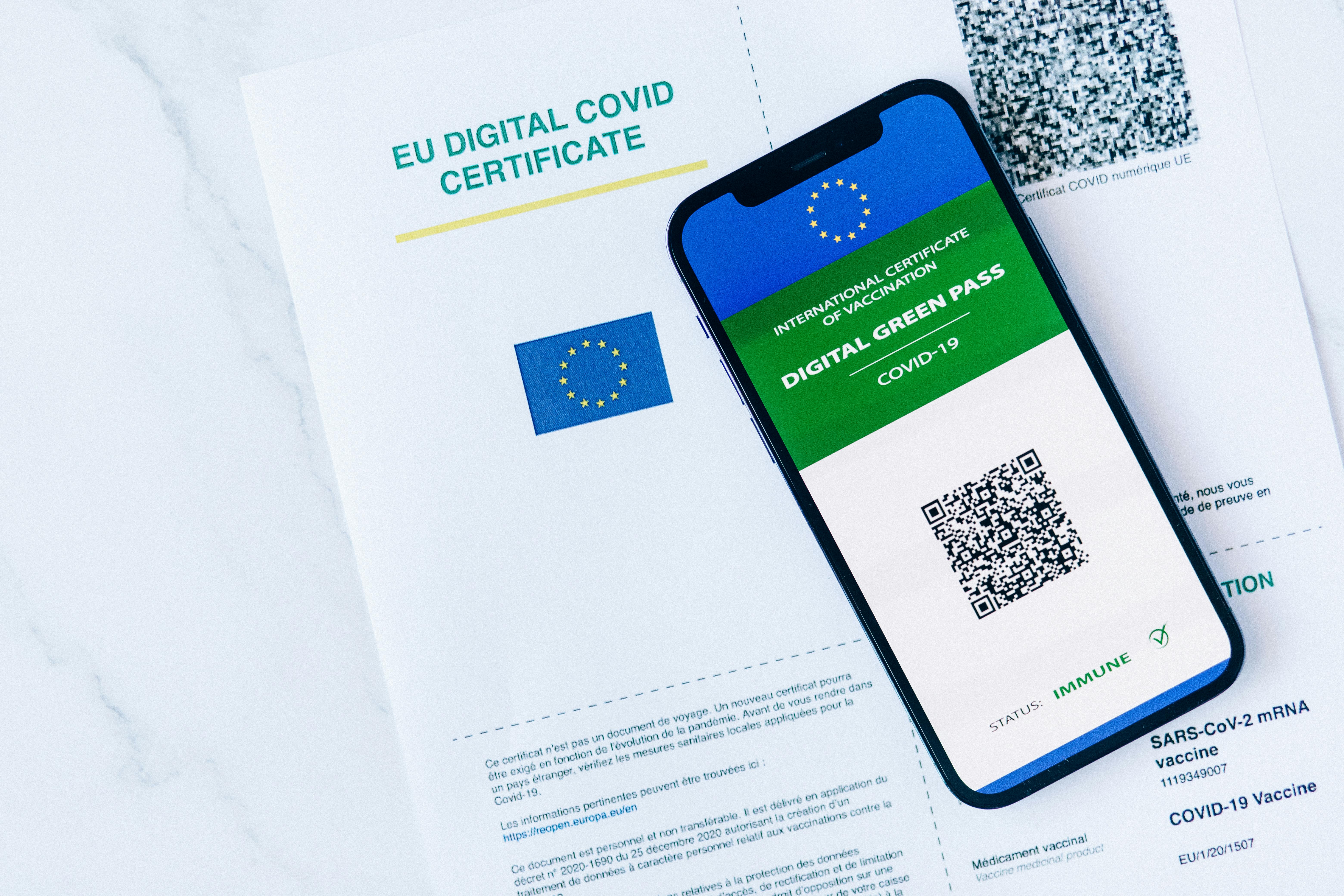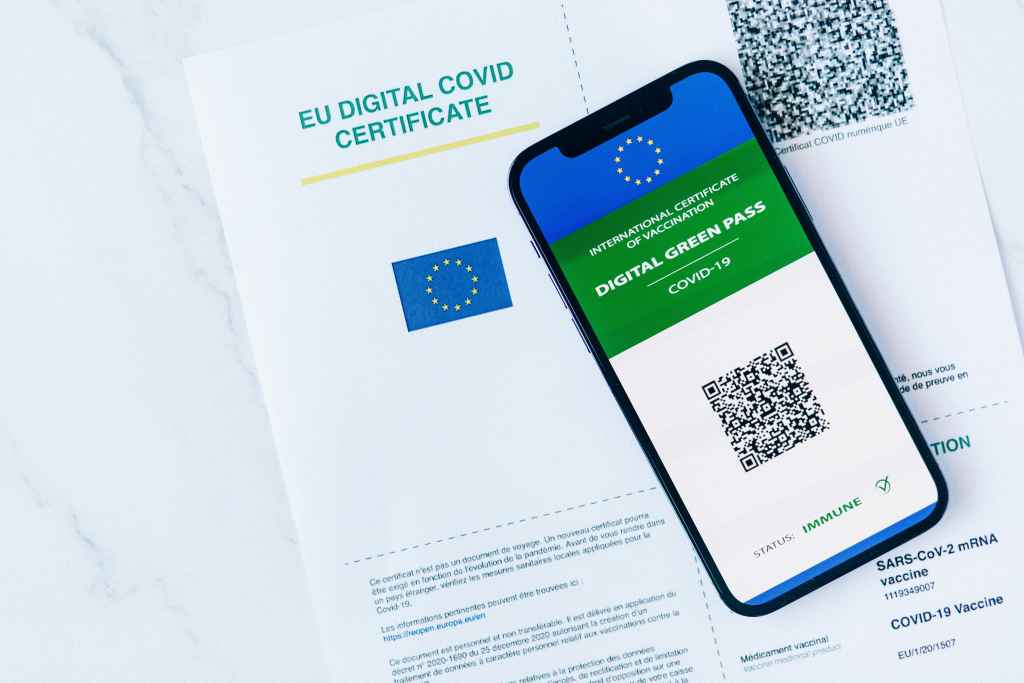
Deciphering the Rejection Notice: Troubleshooting Common Hurdles
Despite best efforts, a rejection notice can land in your inbox. When it does, resist the urge to just re-upload the same files immediately. Most rejections are not due to your legal status being invalid; they are due to a simple, correctable mismatch in the data entry phase. You need a systematic approach to the fix.
The Tyranny of the Comma: Name Matching and Data Integrity
This is, hands down, the most frequent cause of initial failure. The name you entered in the KDP account’s “Your identity” section must be an *exact, character-for-character* match with the name printed on the government-issued ID you are submitting.
Consider these common, yet fatal, mismatches:
If you realize your KDP profile name is wrong, *update the profile first* to match the ID, save the changes, and *then* proceed to the verification upload. Do not try to make the ID look like the profile name; make the profile name look like the ID!
Document Validity: Expiration Dates and ID Types That Pass Muster
This seems obvious, but it happens constantly. Submitting an ID that has passed its expiration date is an automatic rejection. Automated systems don’t check for “close enough” when it comes to legal validity dates. You need current, valid credentials. This is especially relevant if you’ve renewed your license or passport and simply forgot to update the submission materials.
Furthermore, the platform is specific about the *type* of ID accepted. While the exact list varies by country, the primary accepted forms are passports, driver’s licenses, and residency permits.
What NOT to Use (A Quick Rejection List):. Find out more about KDP identity verification mobile device recommendation guide.
If you are struggling with image quality despite following the lighting rules, try one of the other accepted file formats, such as uploading a pristine, high-resolution PDF of the ID scans (front and back) if your mobile device supports easy PDF creation, though remember the system may not show a preview for PDFs. Understanding the technical specifications is key to mastering the author digital upload best practices.
The Privacy Paradox: Securing Your PII in the Age of Verification
The moment you are asked for a passport or driver’s license scan—a document that represents the digital master key to your life—concerns about privacy and data stewardship rocket to the top of the priority list. Every author I speak to wrestles with this psychological hurdle: Is the convenience of fast publishing worth creating a high-value data target on a commercial entity’s server? Your anxiety is valid; identity theft is a pervasive threat, and PII linked to royalty accounts creates an even more attractive target for malicious actors.
Amazon’s Stated Data Stewardship: The Promise of Prompt Deletion
Amazon KDP has responded to this widespread unease with clear, publicly stated assurances designed to mitigate the perceived risk. The platform’s core commitment hinges on the principle of **data minimization**. The uploaded images of your government-issued identification are not intended for long-term storage within their general, sprawling databases.
The stated policy, as of our current check today, October 24, 2025, is that once the identity verification process is successfully completed and your author status is confirmed, the uploaded images of the sensitive documentation will be promptly deleted from Amazon’s servers. These files are only intended to be retained for the absolute minimum necessary period required to complete the authentication audit and regulatory check. This is a critical safety measure; every day less that the data sits on their servers is a day less that it is exposed to potential internal errors or external breaches.
This commitment to rapid destruction is what allows the process to move forward for many authors. It reframes the risk from a permanent liability to a temporary, necessary transaction. If you want to read more about how major corporations manage digital security best practices, there are extensive resources available that detail layered security architectures.
Bridging the Trust Gap: Author Anxiety vs. Corporate Assurance
While the platform offers clear technical assurances about deletion timelines, the psychological hurdle remains significant. Trust is not granted; it is earned over time. For many creators, handing over a digital copy of their primary identification—a document that is the backbone of their financial and legal identity—feels like a massive leap of faith. Even when the system guarantees deletion, the *knowledge* that the data existed, even for a short time, creates a lingering apprehension.
This anxiety is amplified because the identity validated via that ID is inextricably linked to the financial account receiving your monthly book royalties. If the data *was* compromised during that brief verification window, the fallout could be catastrophic—not just financially, but legally. This gap—the inherent trust deficit between an individual creator and a massive, data-driven corporation—is a powerful psychological factor influencing author compliance speed. It’s a tension we will likely see debated for years to come in the publishing sphere.
The Long Shadow: Ramifications for the Global Publishing Scene
This move toward stringent identity checks is more than just a security update; it’s a marker of industry maturity. It solidifies KDP as a primary, regulated publishing channel rather than a fringe side project. The repercussions spread across accessibility, market economics, and consumer trust.
Raising the On-Ramp: Impact on New and Marginalized Creators. Find out more about KDP identity verification mobile device recommendation overview.
In the past, KDP offered a beautifully low-friction entry point: an idea, a manuscript, and an internet connection were often enough to start earning. The mandatory verification check, while essential for combating fraud, undeniably raises the administrative barrier to entry. For the globally connected author with an up-to-date passport, the process is a known quantity. But for others, this presents genuine logistical nightmares.
Consider authors in regions where obtaining standardized, machine-readable government identification is slow, expensive, or politically complex. Or consider creators who are digitally marginalized or simply lack access to the precise, high-resolution scanning equipment the system implicitly demands from a modern smartphone. While the platform aims for universal acceptance of ID types, the *process* itself demands a certain level of technological access and bureaucratic familiarity.
The long-term effect may not stop publishing entirely, but it could certainly lead to a slight deceleration in the explosive *rate* of new publishers entering the system, as this mandatory administrative step now precedes the creative work.
The Credibility Dividend: What Verification Promises Readers
However, we must look at the intended positive outcome: a massive restoration and enhancement of trust in the marketplace for everyone. By successfully implementing systems that weed out high-volume abusers, spam publishers, and automated content farms, KDP can significantly clean up the retail experience for consumers.
Readers are increasingly fatigued. They are tired of sifting through endless, low-value content or books clearly generated via rudimentary prompts. When a consumer knows that the majority of authors selling on the platform are accountable, verified individuals, that knowledge breeds confidence. This increased credibility could translate directly into a more robust retail environment where:. Find out more about Troubleshooting KDP identity verification submission failure definition guide.
This verification push ties directly into Amazon’s broader strategy to police the integrity of content, including their requirements for KDP AI disclosure requirements. Accountability for identity supports accountability for content. It’s all connected. The entire sector is watching to see if this investment in digital identity security pays off in improved market perception and sustained sales velocity across legitimate literary catalogs.
Securing Your Future: Actionable Steps for Verification Success
The mandate is clear. The stakes are high—your account access and your royalty stream hang in the balance. But by treating this process not as a chore, but as a critical piece of your publishing infrastructure, you can move through it quickly and permanently.. Find out more about Amazon KDP privacy stance on uploaded ID documents insights information.
Final Key Takeaways & Action Plan:
The transition to a verified publishing ecosystem is here. Successful navigation requires preparation and absolute attention to detail during that crucial digital upload phase. Don’t let a simple lighting mistake or a missed middle initial block your path to royalties this month.
So, what has been your single biggest frustration or success story navigating these verification checkpoints? Did the mobile device advice save you hours? Drop a comment below and let the community know your best tip for maintaining compliance in this new era of independent publishing.







